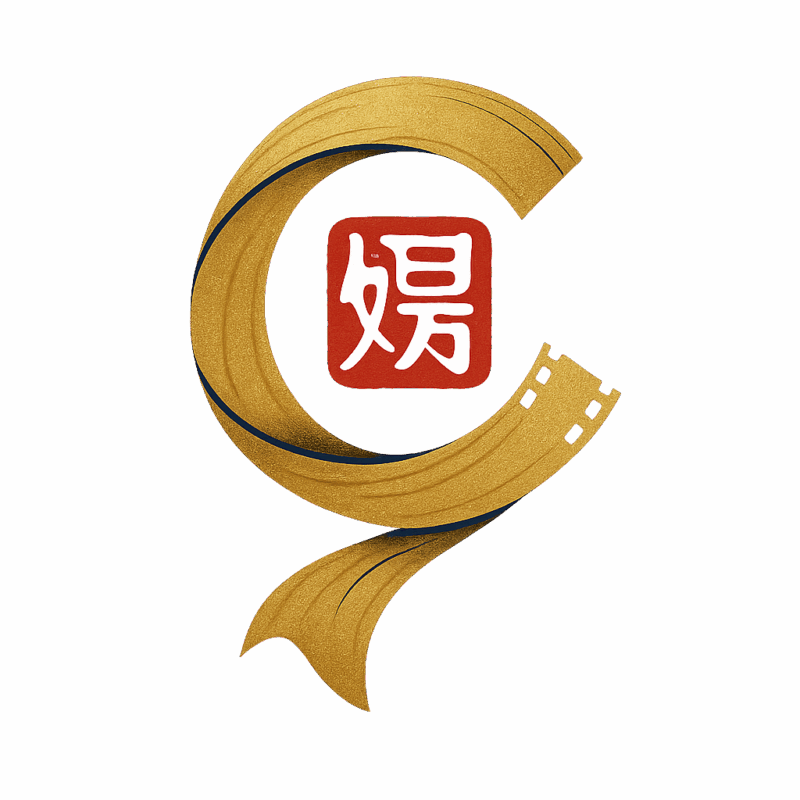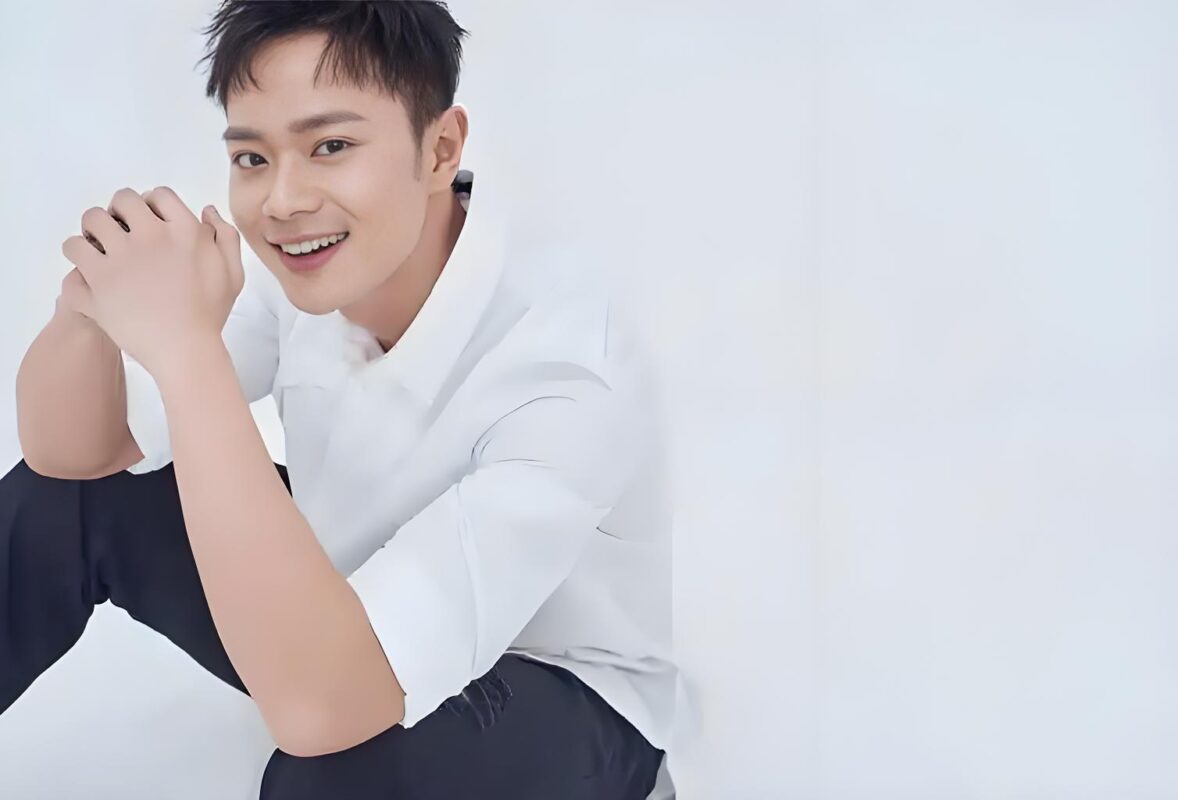A Nostalgic Comeback That Lit Up Social Media
The entertainment world erupted this week as 37-year-old actor Cao Jun, once a beloved child star, made a stunning comeback by gracing the cover of Vogue China’s June issue. Dressed in sharp, urban-inspired attire that blended maturity with effortless charm, Cao’s resurgence triggered a tidal wave of nostalgia. Netizens flooded social media with posts like, “Our childhood white moonlight has returned!”—a poetic Chinese metaphor for an idealized figure who once symbolized innocence and hope.
For millennials who grew up watching his shows, Cao’s reappearance felt like unearthing a time capsule. His journey from fading fame to renewed relevance isn’t just a celebrity story—it’s a masterclass in grit, reinvention, and the evolving values of modern audiences.
The Golden Era: When Cao Jun Ruled Our Screens
1. The Roles That Defined a Generation
In the late 1990s and early 2000s, Cao Jun wasn’t just an actor; he was a cultural phenomenon. Two iconic roles cemented his place in Chinese television history:
- 《True Hero Little Monk》 (1997): As the mischievous yet wise child monk “Happy,” Cao’s expressive eyes and natural charisma turned a simple character into a national treasure. The show’s blend of martial arts, humor, and moral lessons had families gathering around TVs like it was a nightly ritual.
- 《Lotus Lantern》 (2005): His portrayal of Chen Xiang, a determined youth battling gods to save his mother, became a symbol of filial piety and perseverance. The series’ finale reportedly achieved a 9.1% ratings peak—a staggering figure even by today’s standards.
These weren’t mere shows; they were shared cultural experiences. Streets emptied during broadcast times, and classmates debated plot twists the next morning. Cao’s ability to balance childlike innocence with emotional depth made him unforgettable.
The Wilderness Years: Silence Before the Storm
2. The Harsh Reality of Growing Up in Showbiz
Like many child stars globally, Cao faced the “curse of puberty”—a brutal transition where audiences struggle to accept former child actors in adult roles. Between 2010 and 2022, his career entered what fans now call “the silent decade”:
- Typecasting traps: Producers kept offering him youthful roles that no longer fit his maturing appearance.
- Industry shifts: The rise of idol culture and reality TV marginalized traditional actors focused on craft over virality.
- Personal reinvention: Behind the scenes, Cao studied theater in London, took up martial arts training, and even apprenticed with a Peking Opera master—a fact later revealed in his Vogue interview.
“I realized fame is fleeting, but artistry is forever,” he told the magazine. This mindset kept him anchored during what he humorously calls his “ninja years”—working invisibly to hone his skills.
The Resurgence: Why Now, and Why It Matters
3. A Perfect Storm of Nostalgia and New Values
Cao’s comeback aligns with three seismic shifts in entertainment:
- The Millennial Nostalgia Economy: As his original fanbase now dominates consumer markets, platforms like Bilibili and Douyin have monetized ’90s nostalgia through reboots and throwback content.
- Audience Fatigue with Superficiality: Following scandals involving lip-syncing idols and “plastic acting,” viewers increasingly crave authentic, skilled performers. Cao’s recent stage work in Shakespearean dramas earned critical praise, positioning him as a “serious actor” in contrast to today’s influencers-turned-stars.
- The Rise of “Grown-Up” Aesthetics: His magazine spread—tailored suits with traditional embroidery—epitomizes China’s cultural confidence movement, blending global sophistication with heritage pride.
Beyond Entertainment: Life Lessons in Cao’s Story
4. Resilience in the Age of Instant Gratification
Cao’s arc holds up a mirror to societal attitudes toward success:
- Redefining “Overnight Success”: His 25-year career reminds us that most breakthroughs result from unseen decades of work.
- The Power of Strategic Patience: While peers chased quick fame via variety shows, Cao focused on skill diversification—a lesson for professionals in any field.
- Embracing Obscurity: His willingness to step back and learn contrasts starkly with today’s “always-on” personal branding obsessions.
5. Navigating Criticism: Between Hype and Cynicism
While most celebrate his return, skeptics question its longevity. Valid concerns or jaded thinking? Consider:
- Data-Driven Durability: Since 2023, Cao’s films have averaged 8.4 on Douban versus 6.2 for idol-led projects.
- Industry Backing: He’s now represented by CAA China and cast in a Chen Kaige historical epic—signals of institutional confidence.
- Cultural Timing: With China’s “National Wave” (国潮) promoting substance over hype, Cao’s craftsmanship aligns with policy priorities.
Conclusion: More Than a Comeback—A Cultural Moment
Cao Jun’s story transcends entertainment. It’s about:
- Reclaiming Childhood Icons on Our Own Terms
- The Quiet Revolution in Audience Expectations
- Timeless Truths in a Disposable Era
As we scroll through his glamorous magazine spreads, let’s also remember the 10 years he spent studying in obscurity. In a world obsessed with viral moments, Cao’s journey whispers a revolutionary idea: Sometimes, the most radical act is to keep working when no one’s watching.
Final Thought: What if we measured success not by trends algorithmically manufactured to catch our gaze today, but by the depth of impact that lingers decades later? Cao Jun’s second act challenges us to find out.

